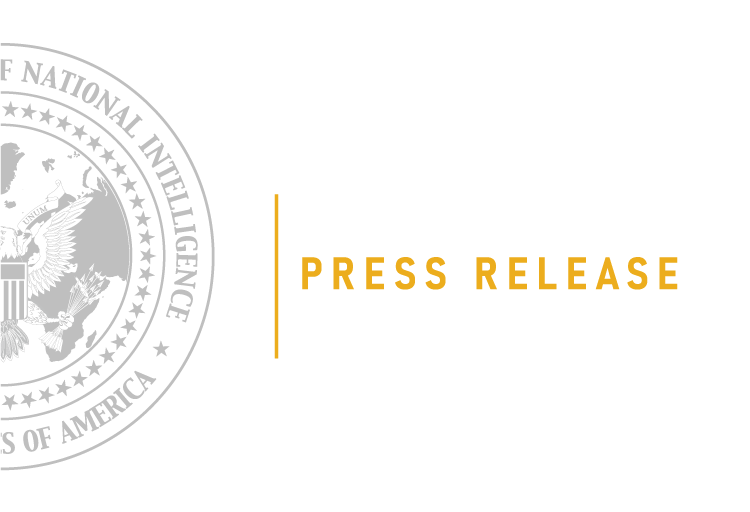August 21, 2013
Press reports based on an article published in today’s Wall Street Journal mischaracterize aspects of NSA’s data collection activities conducted under Section 702 of the Foreign Intelligence Surveillance Act. The NSA does not sift through and have unfettered access to 75% of the United States’ online communications.
The following are the facts:
--Media reports based upon the recent Wall Street Journal (WSJ) article regarding NSA’s foreign intelligence activities provide an inaccurate and misleading picture of NSA’s collection programs, but especially with respect to NSA’s use of Section 702 of the Foreign Intelligence Surveillance Act (FISA).
--The reports leave readers with the impression that NSA is sifting through as much as 75% of the United States’ online communications, which is simply not true.
--In its foreign intelligence mission, and using all its authorities, NSA "touches" about 1.6%, and analysts only look at 0.00004%, of the world’s internet traffic.
--The assistance from the providers, which is compelled by the law, is the same activity that has been previously revealed as part of Section 702 collection and PRISM.
--FISA is designed to allow the U.S. Government to acquire foreign intelligence while protecting the civil liberties and privacy of Americans.
o Section 702 specifically prohibits the intentional acquisition of any communications when all parties are known to be inside the U.S.
o The law specifically prohibits targeting a U.S. citizen without an individual court order based on a showing of probable cause.
o The law only permits NSA to obtain information pursuant to Section 702 in accordance with orders and procedures approved by the Foreign Intelligence Surveillance Court.
--When conducting 702 FISA surveillance, the only information NSA obtains results from the use of specific identifiers (for example email addresses and telephone numbers) used by non-U.S. persons overseas who are believed to possess or receive foreign intelligence information.
o Foreign terrorists sometimes communicate with persons in the U.S. or Americans overseas. In targeting a terrorist overseas who is not a U.S. person, NSA may get both sides of a communication. If that communication involves a U.S. person, NSA must follow Attorney General and FISA Court approved "minimization procedures" to ensure the Agency protects the privacy of U.S. persons.
--The collection under FISA section 702 is the most significant tool in the NSA collection arsenal for the detection, identification, and disruption of terrorist threats to the U.S. and around the world.





